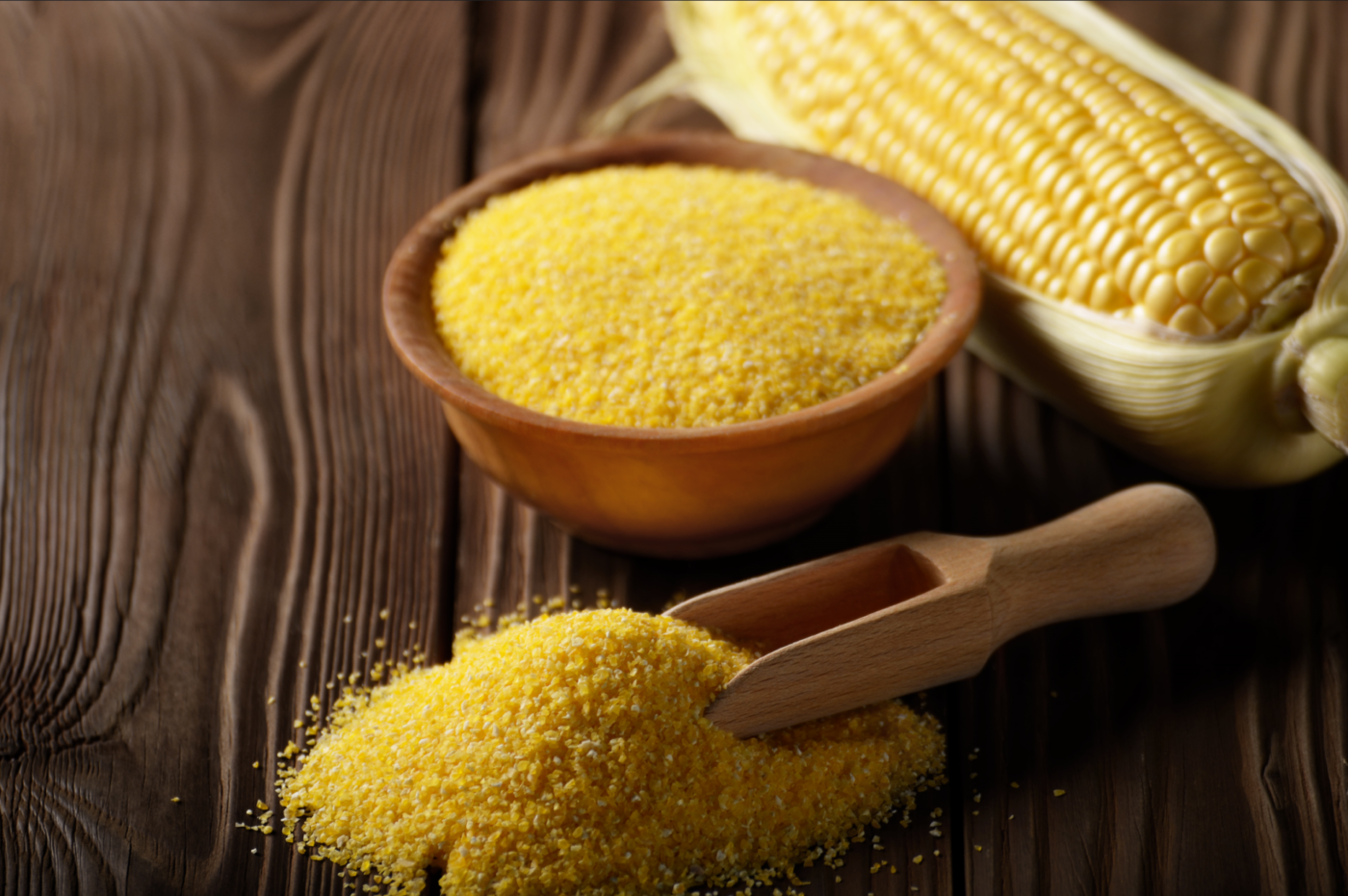Read More: Nutritional Information of Types of Cornmeal
The Macronutrient Breakdown
When it comes to the nutritional information of types of cornmeal, it’s essential to look at the big picture. Cornmeal is primarily a source of carbohydrates, which are the body’s main fuel source. A single serving provides a substantial amount of complex carbs, which are digested slowly, providing a steady and sustained release of energy without the sharp spikes in blood sugar that simple sugars can cause. This makes types of cornmeal a great choice for athletes or anyone needing long-lasting energy. The fiber content in whole-grain types of cornmeal is also significant. Dietary fiber is crucial for digestive health, promoting regular bowel movements and helping to maintain a healthy gut microbiome. Furthermore, fiber can contribute to a feeling of fullness, which can aid in weight management. The protein content in types of cornmeal is moderate, but notable, especially in blue cornmeal, which has a higher protein concentration than its white and yellow counterparts. The fat content is generally low, and what fat is present is mostly the healthy unsaturated kind. Understanding the nutritional information of types of cornmeal helps in incorporating it into a balanced and healthy diet. These different types of cornmeal offer a foundational base for a variety of nutritious meals.
Vitamins, Minerals, and Antioxidants
Beyond its macronutrient profile, types of cornmeal are packed with a variety of vitamins and minerals. They are a good source of several B-vitamins, including thiamin, niacin, and folate. These vitamins play crucial roles in energy metabolism, nerve function, and red blood cell formation. The mineral content of types of cornmeal is also impressive, with significant amounts of magnesium, phosphorus, and potassium. Magnesium is vital for muscle and nerve function and bone health, while phosphorus is essential for cell repair and energy production. Potassium is an important electrolyte that helps regulate blood pressure. The different types of cornmeal also have their own unique antioxidant profiles. Yellow cornmeal is rich in carotenoids like lutein and zeaxanthin, which are powerful antioxidants that protect against cellular damage and are particularly beneficial for eye health, potentially reducing the risk of age-related macular degeneration. Blue cornmeal, on the other hand, contains anthocyanins, the same compounds that give blueberries and purple cabbage their vibrant color. These antioxidants have been linked to a number of health benefits, including reduced inflammation and a lower risk of chronic diseases. The comprehensive nutritional information of types of cornmeal highlights its value as a health-promoting food.
Glycemic Index and Health Implications
One of the more interesting aspects of the nutritional information of types of cornmeal is their glycemic index (GI). The GI is a measure of how quickly a food raises blood sugar levels. Blue cornmeal has been shown to have a lower glycemic index compared to yellow and white cornmeal. This means it causes a slower, more gradual rise in blood sugar, which can be particularly beneficial for individuals managing diabetes or those looking to maintain stable energy levels throughout the day. The lower GI of blue types of cornmeal is attributed to its unique starch structure and higher protein content. Furthermore, the high fiber content in all whole-grain types of cornmeal helps to slow down the absorption of sugars, contributing to better glycemic control. Research has also shown that the antioxidants in types of cornmeal, especially the carotenoids and anthocyanins, may have anti-inflammatory and heart-protective effects. They can help reduce oxidative stress and may lower cholesterol levels, contributing to overall cardiovascular health. The consumption of whole-grain types of cornmeal as part of a balanced diet is therefore linked to a reduced risk of various chronic diseases. The more we learn about the nutritional information of types of cornmeal, the more we appreciate its health benefits. It is clear that these different types of cornmeal are not just delicious but also highly nutritious.
Understanding the Benefits and Uses
In addition to the benefits already mentioned, the nutritional information of types of cornmeal underscores their role in a gluten-free diet. As corn is naturally gluten-free, cornmeal provides a safe and versatile flour substitute for those with celiac disease or gluten sensitivity. This allows them to enjoy a wide variety of baked goods and other dishes without concern. The different types of cornmeal can be used to create everything from gluten-free breads to crispy coatings for fried foods. The specific minerals in types of cornmeal, such as iron, also play a vital role in bodily functions. Iron is essential for oxygen transport in the blood, and a deficiency can lead to anemia. The presence of these key nutrients makes types of cornmeal a valuable component of a healthy diet. The versatility of types of cornmeal means it can be incorporated into countless recipes, from simple breakfast porridges to elaborate main courses, ensuring you can enjoy its nutritional benefits in many forms. Whether you choose yellow, white, or blue, you are adding a nutrient-dense ingredient to your meals. The comprehensive nutritional information of types of cornmeal truly solidifies its place as a superfood in the culinary world. The simple act of including these types of cornmeal in your cooking can contribute significantly to your overall health and well-being. It’s a testament to the power of a single, ancient ingredient. It is important to note that the nutritional information of types of cornmeal can vary based on the brand and how it is processed, with stone-ground varieties often retaining more of the corn’s natural nutrients and oils. By choosing these types of cornmeal, you can maximize the health benefits and enjoy a richer flavor profile.



Share
Click on the icons below to share "Title of the item to share"